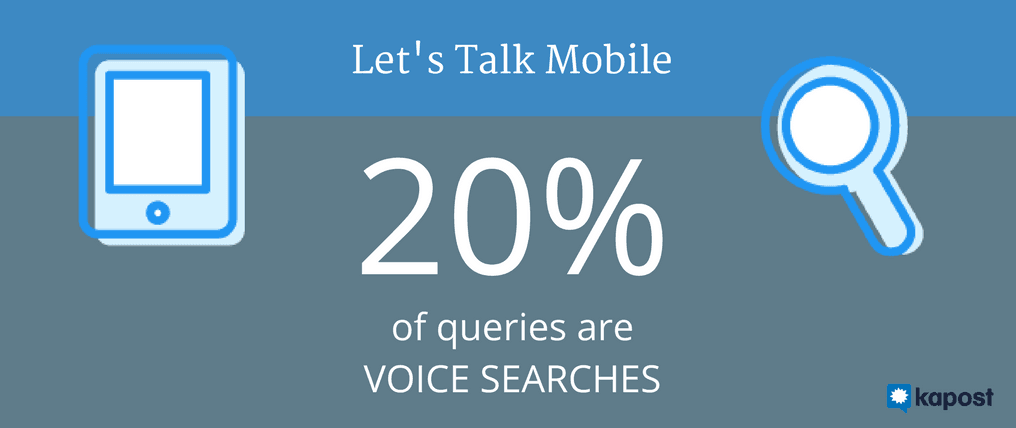For digital marketing in 2017, user intent, voice search, and long-tail keywords have become essential elements of a successful keyword research strategy. Done right, they can also inform your editorial calendar, focus, and content operation.
What Keyword Research Looks Like in 2017
Here are three simple ways to better your keyword research to appeal to not only the latest search engine algorithms but also the readers you’re targeting.
User Intent
The user’s intent in conducting an online query is typically about getting information or making a purchase. To understand Google’s ongoing algorithm updates and rank well in search engine results, recognizing this intent is vital.
Keyword research should be an ongoing process. As Marketo points out, search language shifts constantly, new keywords are formed all the time, and audience needs develop and grow. Modern search engines are powered by behavioral learning algorithms and semantic SEO to better determine user intent.
For tips on how to conduct semantic keyword research, check out Search Engine Journal’s article, “User Intent: The Future of SEO.”
Google Voice Search
In 2017, understanding Google’s voice search capabilities and natural language processing is key to developing effective keyword strategies.

Google has revealed that 20% of mobile queries are now voice searches—and that number is expected to grow. Thrive Analytics showed 71% of those searches corresponds to 18- to 29-year-olds using digital personal assistants. But even in the 54 and over category—not traditionally the early adopters of new technology—we see usage already at 38%.
Where users would have once typed “camping stove,” they now type “Where can I buy the best camping stove?” This more natural language becomes long-tail keywords that should be a core part of your SEO content marketing strategy.
In “Three Keys to Modern Keyword Research,” Marketo suggests organizations create FAQ pages for their industry, product, and brand. In addition to wrapping questions in H2 header tags to optimize for search engines, make sure to state the questions themselves naturally, concisely, and completely.
Long-Tail Keywords
In keeping with the trend toward natural speech, Wordstream reports that 51% of all search queries in 2016 contained long-tail keywords, defined as keywords containing four or more words. Because long-tail keywords are less competitive and lead to higher conversions, they should be at the core of any keyword research strategy.
To find a list of effective long-tail keywords, check keywords searches that led to inbound traffic from search engines. If Google Analytics isn’t providing enough information, try Google Search Console for more information on which keywords are generating traffic.
Keywords teach you what your audience wants—their needs, desires, and pain points. This research should inform your editorial calendar, suggesting topics for blog posts, video content, tutorials, presentations, and other informative marketing content.
The right keywords will also help drive the right kind of traffic to your site—in other words, traffic that converts. A case study by MOZ reveals that fewer searches are fine if you’re targeting decision-stage keywords. Search volume decreases as customers move further along the buyer’s journey.
Final Thoughts
Keywords are not only important for search engine optimization. Keyword research can also help marketers align content to the organization’s overall marketing strategy.
Looking for more tips on how to develop a winning content strategy? Check out Kapost’s 10 essential templates for B2B Marketing Strategy for free templates on how to structure the planning, creation, distribution, and analysis of the content-based projects that drive marketing.


